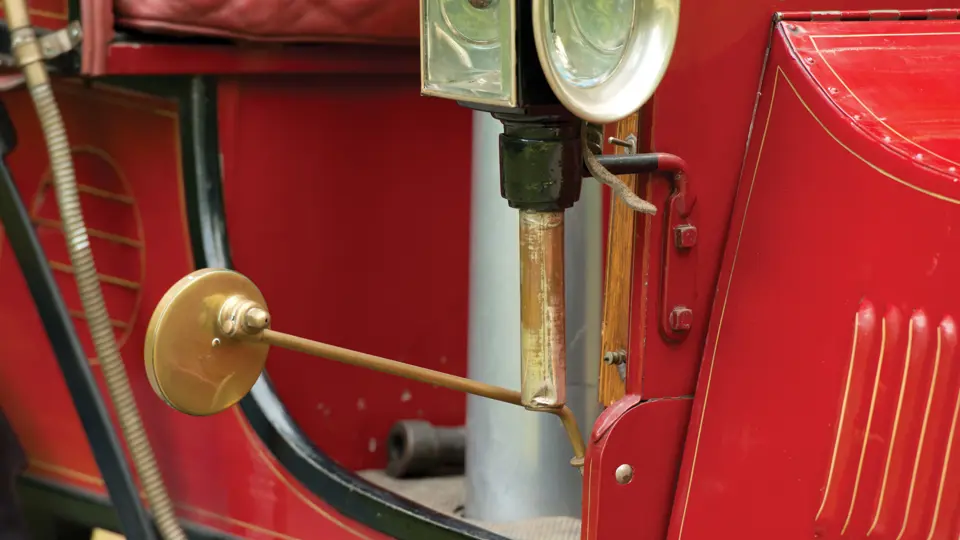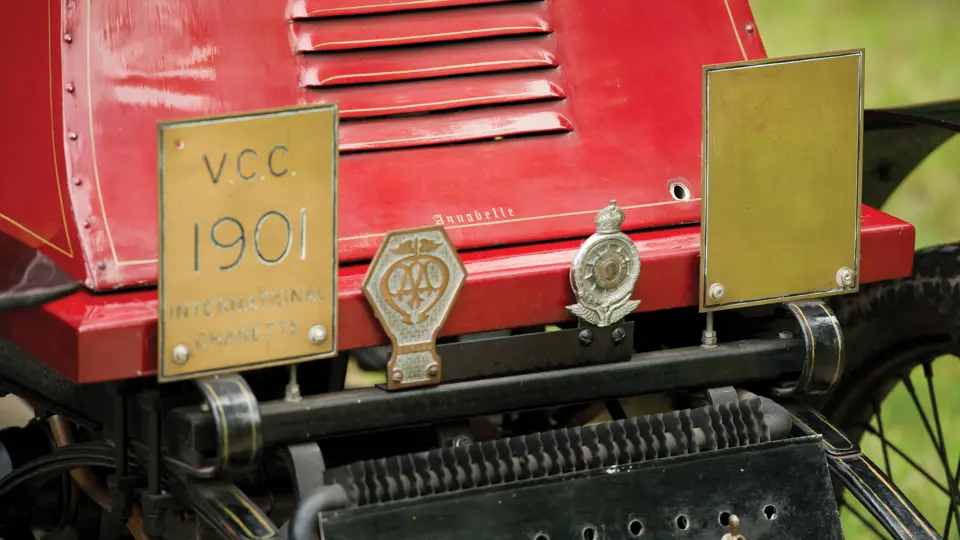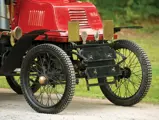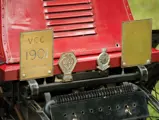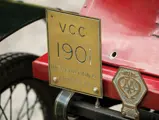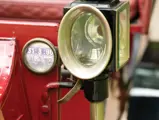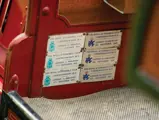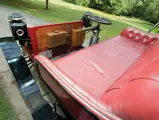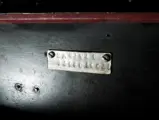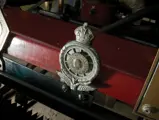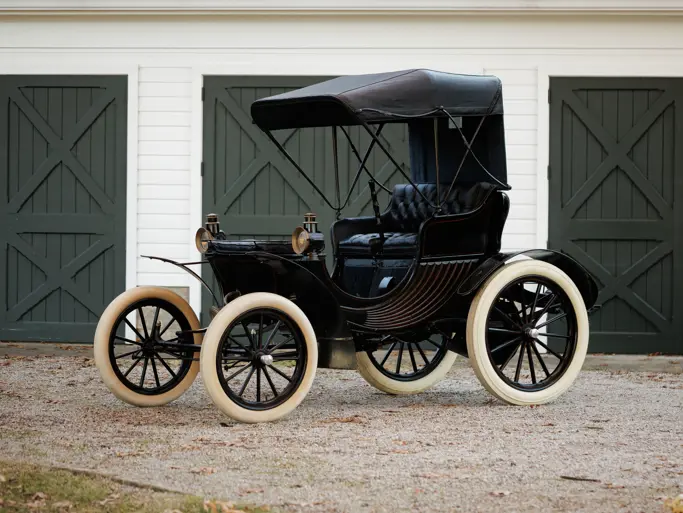
1901 International Charette Double Phaeton
{{lr.item.text}}
$77,000 USD | Sold
Offered from the collection of John Moir
{{bidding.lot.reserveStatusFormatted}}
- Offered from the collection of John Moir
- A charming British “veteran” for the entire family
- Dated as a 1901 by the Veteran Car Club
- Six-time London to Brighton Veteran Car Run finisher
6 bhp, 823 cc single-cylinder engine, two-speed belt-drive transmission, solid axle front and rear suspension with leaf-spring suspension, and rear-wheel mechanical drum brakes. Wheelbase: 63 in.
John Moir’s “Caa’ Ba’hn” is filled with the weird and wonderful, but his most particular passion is for the very early automobiles, of which he is particularly proud. Indeed, few collections in the United States include so many very early examples of European “obscuriana,” foremost among them the charmingly quirky International Charette.
The International Motor Car Company, of London, England, was not related in any way to the more famous International Harvester Company of the United States. Nor did they build this car, or rather any cars at all. The products of the British International concern were built to their order by firms in France and England and then given the International name and proudly sold in the United Kingdom.
The Charette was manufactured in Coventry by the Allard Company, which had previously built tricycles and cars under their own label from 1899 until 1902, using engines based on the tried-and-true de Dion design. This model featured a water-cooled engine that was mounted in the front (still very advanced for 1901) and drove the rear wheels via two leather belts.
Notes in the file indicate that the Moir Charette was sold new at the London Motor Show to a Mr. Driver. It remained in his family until the 1960s, when his daughter rescued its pieces from storage and its engine from use powering a saw and then reached out to the Veteran Car Club for advice in restoration. The car was then restored in its present finish and upholstery and was dated as a 1901 by the VCC, allowing it to be driven eight times (with six finishes) in the London to Brighton Veteran Car Run. Three of those journeys were with British enthusiast Andrew Simpson and his wife, who named the car “Annabelle” and from whom Mr. Moir purchased the car.
While the paint and upholstery both show considerable age, much of the car would freshen up nicely, and returning it to the road would likely be a simple effort. Further notes on file provide detailed starting and operational instructions for the Charette and information about the car’s last mechanical rebuild in 1991, when an aluminum piston and water pump were installed, which enabled a speed of 5 mph in low gear and 15 mph in top gear.
This is a wonderful, interesting veteran that is capable of carrying an enthusiast’s entire family.
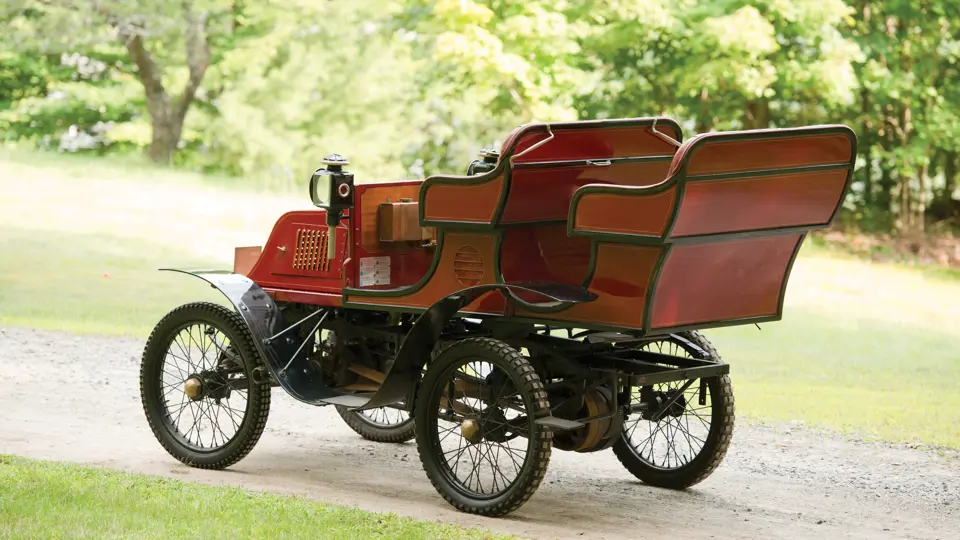
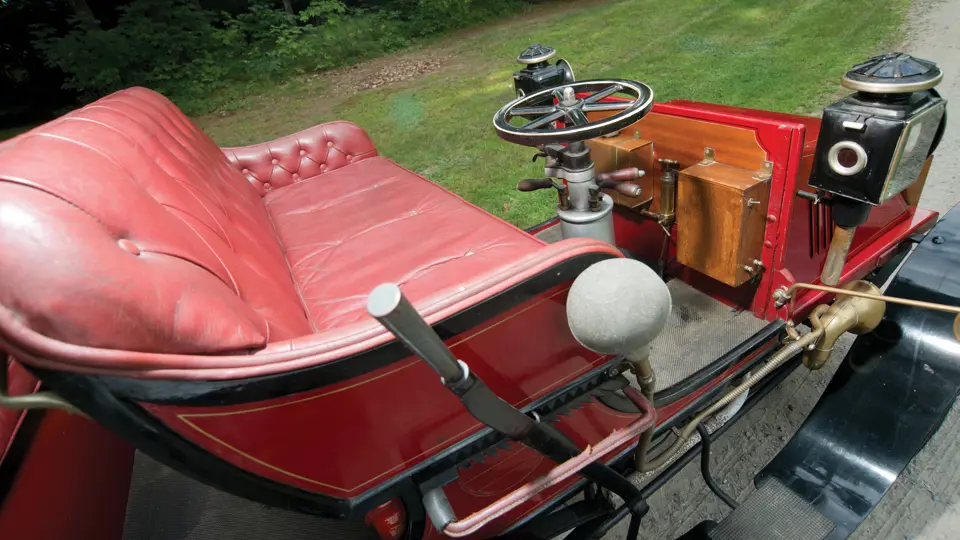


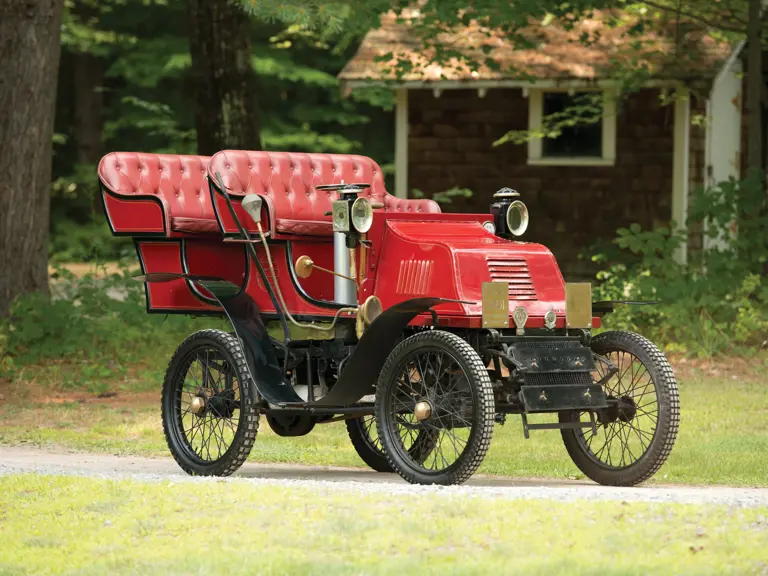

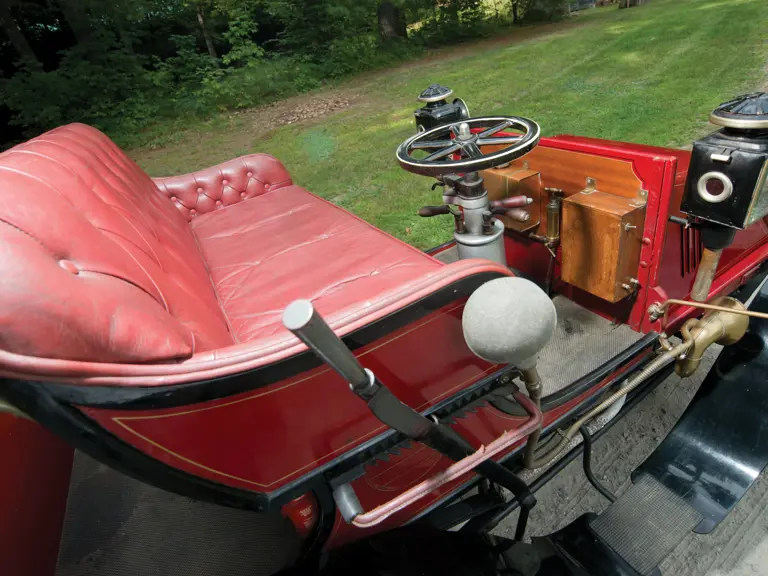

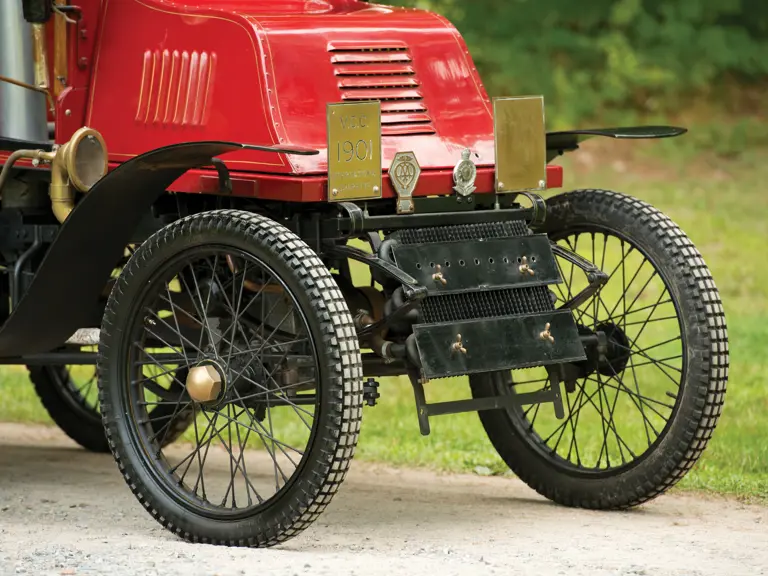
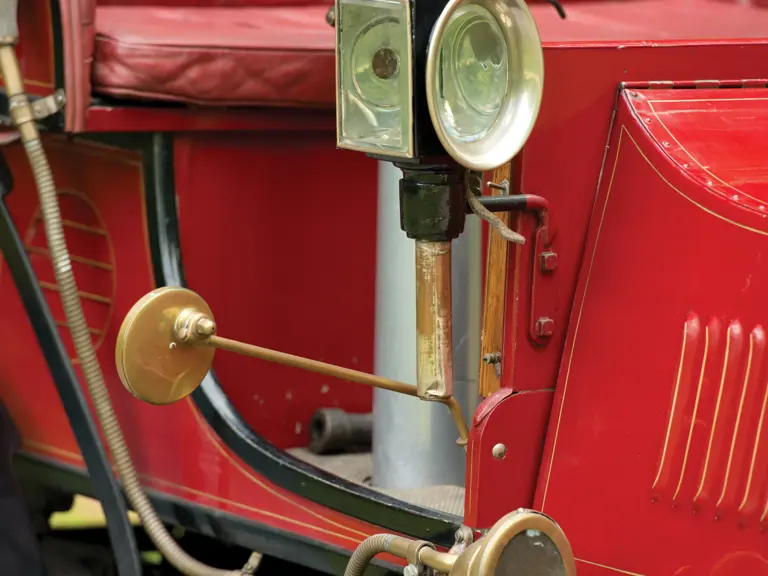


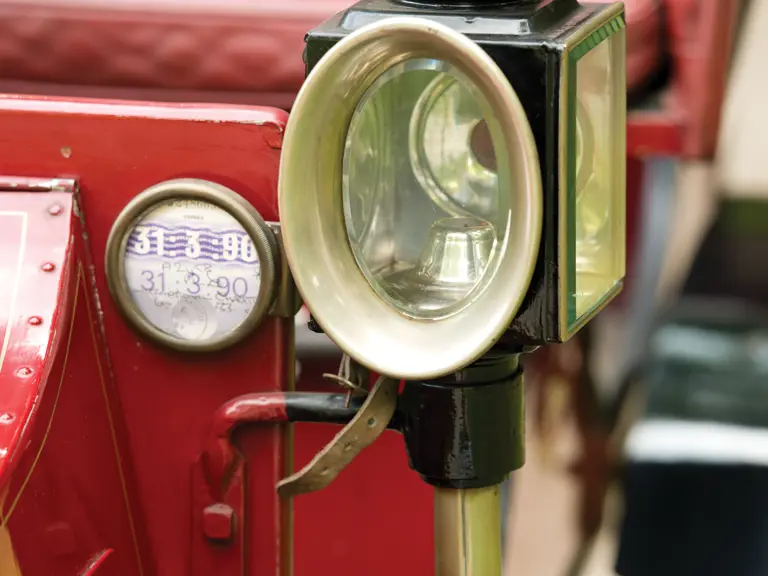

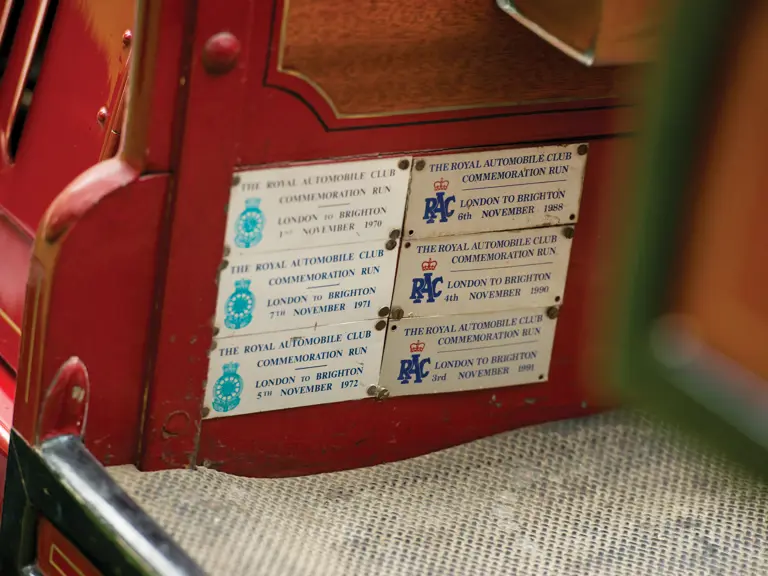
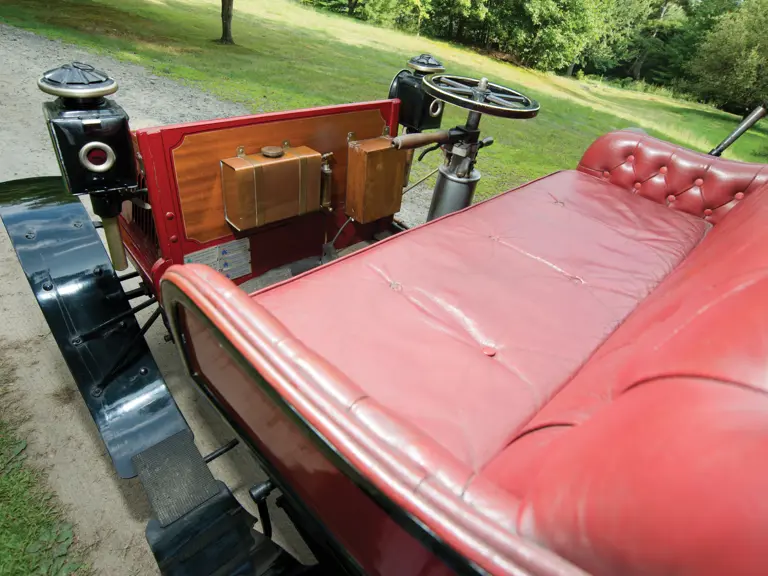
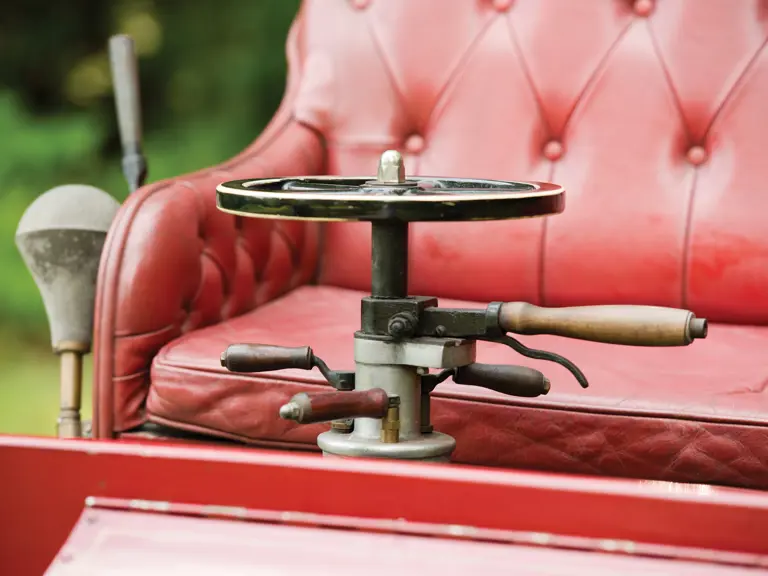
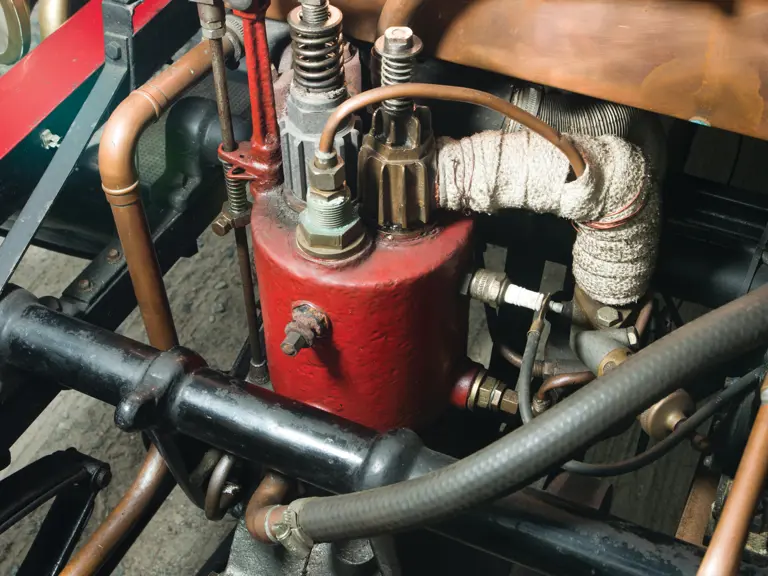
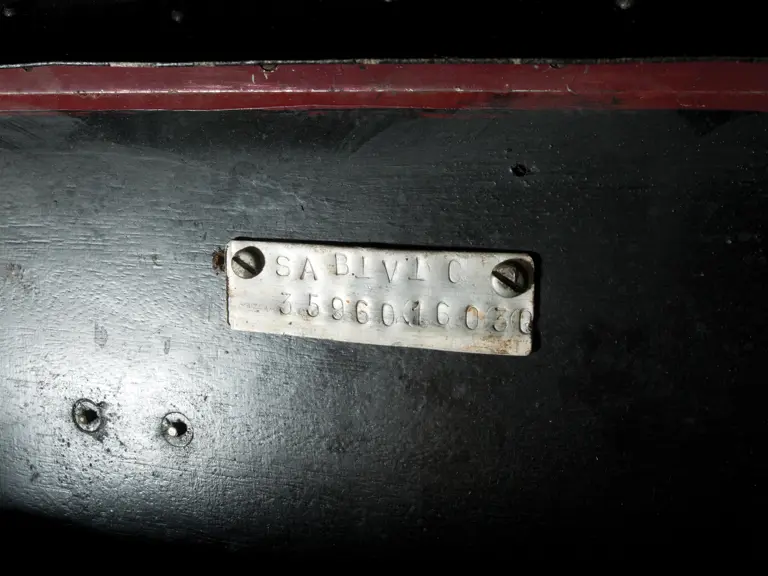
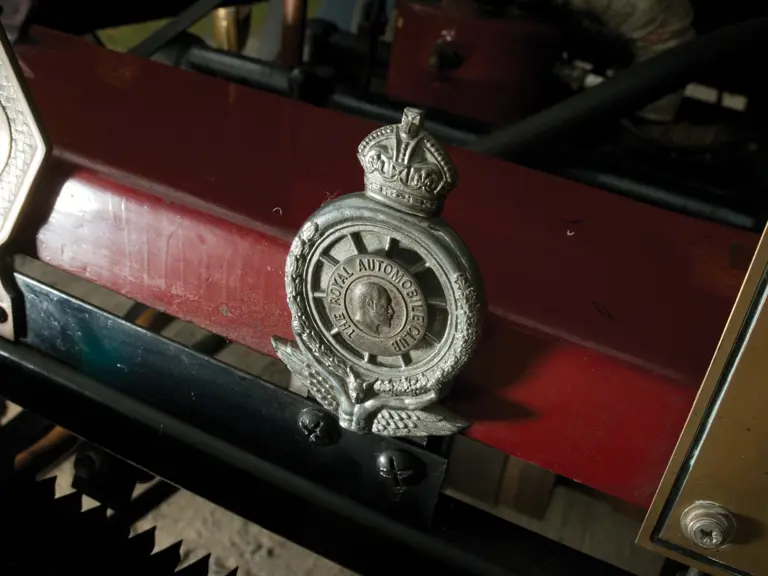
 | Hershey, Pennsylvania
| Hershey, Pennsylvania

